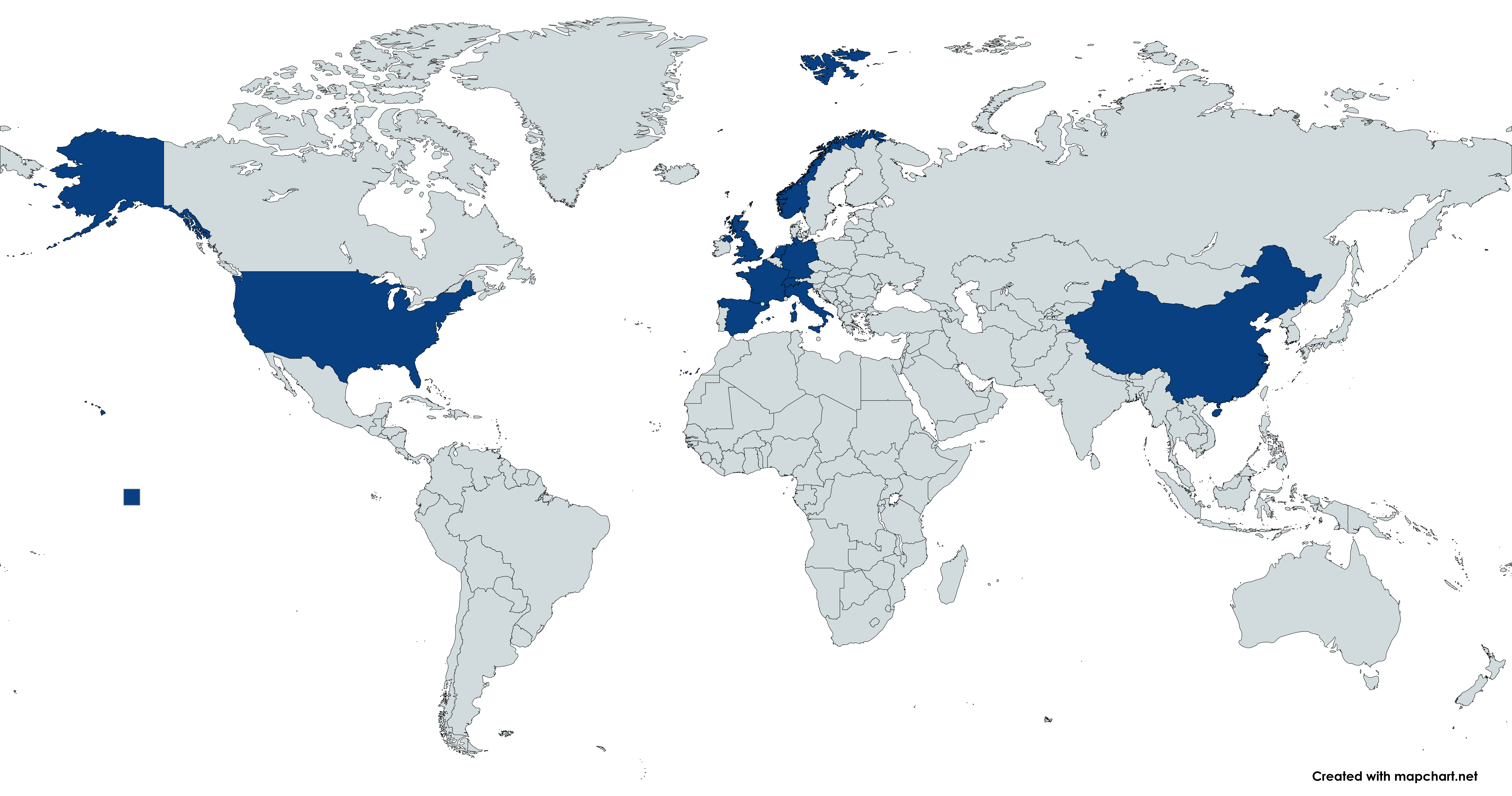Mechanics & Cooling of Future Vertex and Tracking Systems

Modern particle physics experiments comprise large arrays of active detection elements and their associated front-end electronics, often integrated within highly congested spaces. They are supported by lightweight mechanical structures, which must provide exceptional stability and positioning accuracy. These structures also support the detector services and play a crucial thermal management role, helping to extract the heat generated in the sensors and readout electronics to ensure optimal operating conditions. Both the mechanical and thermal performance requirements must be fulfilled with minimal material usage, particularly within vertex and tracking systems in front of the active volume of calorimeters. However, the demands associated with future experiments call for even lighter and more efficient structures to capitalise on the continuous advances in sensor technologies and front-end electronics. The adoption of new design approaches to develop innovative solutions that make extensive use of advanced materials and novel manufacturing techniques will be essential for our sector to meet the challenge.
Due to the extraordinary operational environment (e.g. high radiation, strong magnetic fields, limited accessibility) and the unique set of requirements for particle detectors (e.g. ultra-high stiffness, efficient heat transfer, low material budget, small production volumes), off-the-shelf solutions cannot meet the needs of future experiments. While certain aspects of our work may have commercial relevance and could benefit from joint efforts with industrial partners, progress in this field must be led by our community. This Detector Research and Development (DRD) proposal aims to establish a structured framework and define a clear roadmap to drive innovation in our field, which will be crucial for the success of the next generation of detector systems.